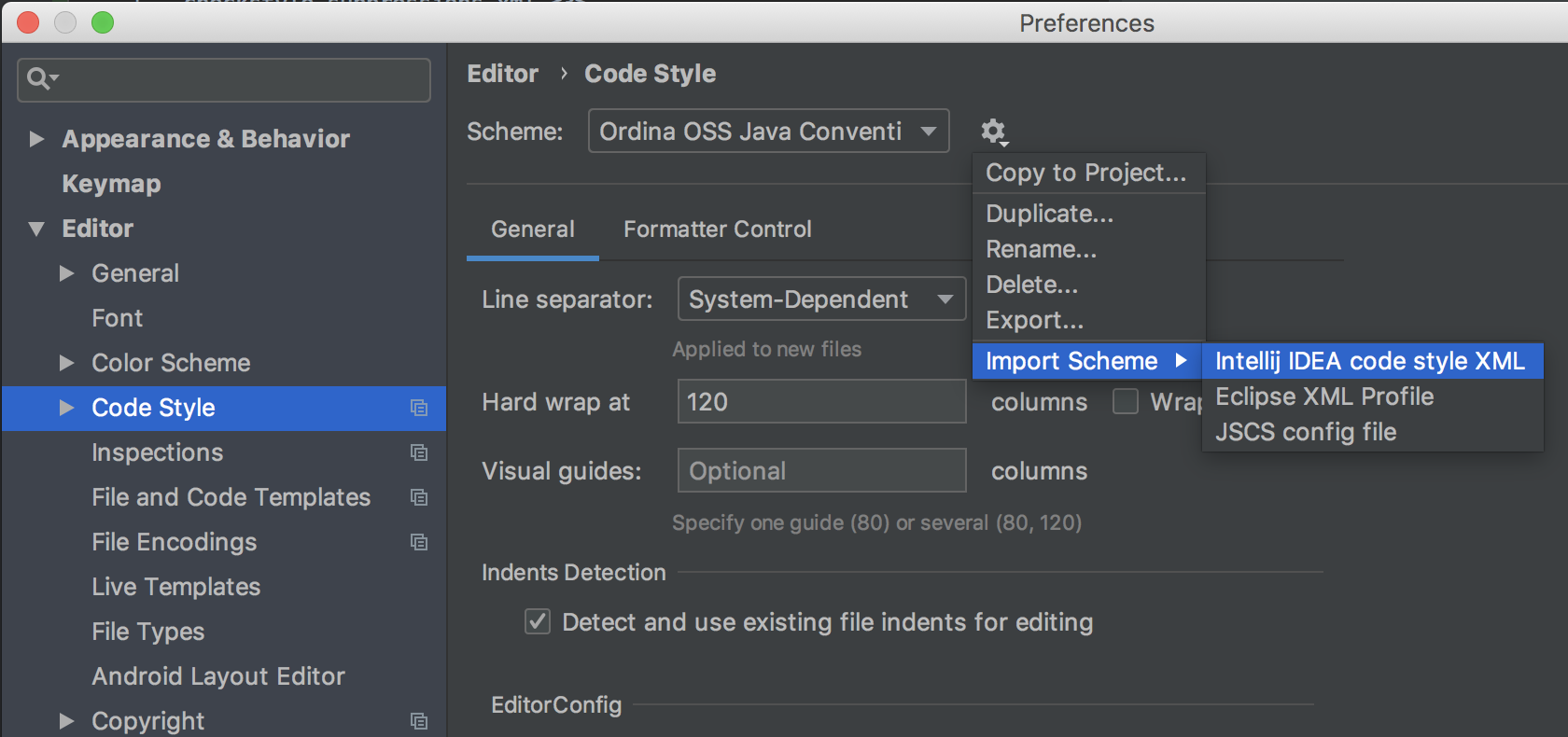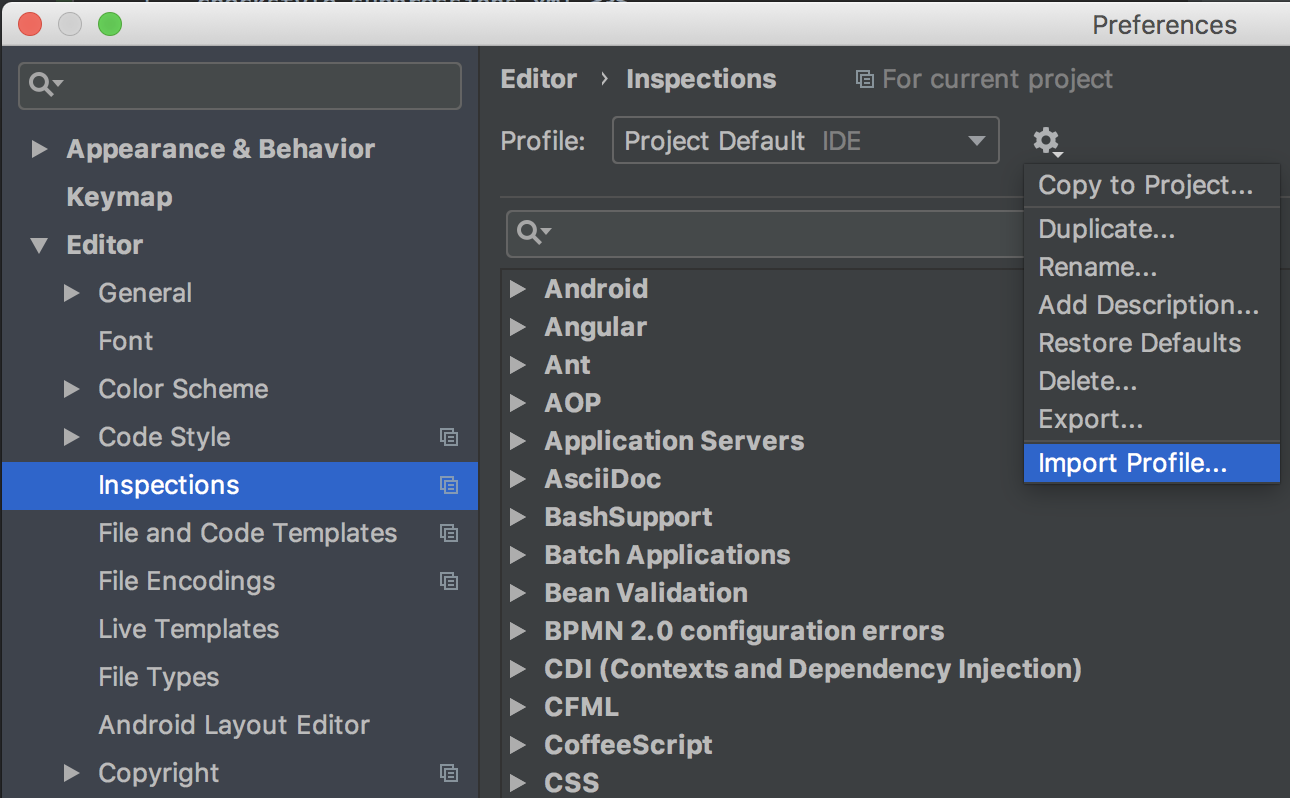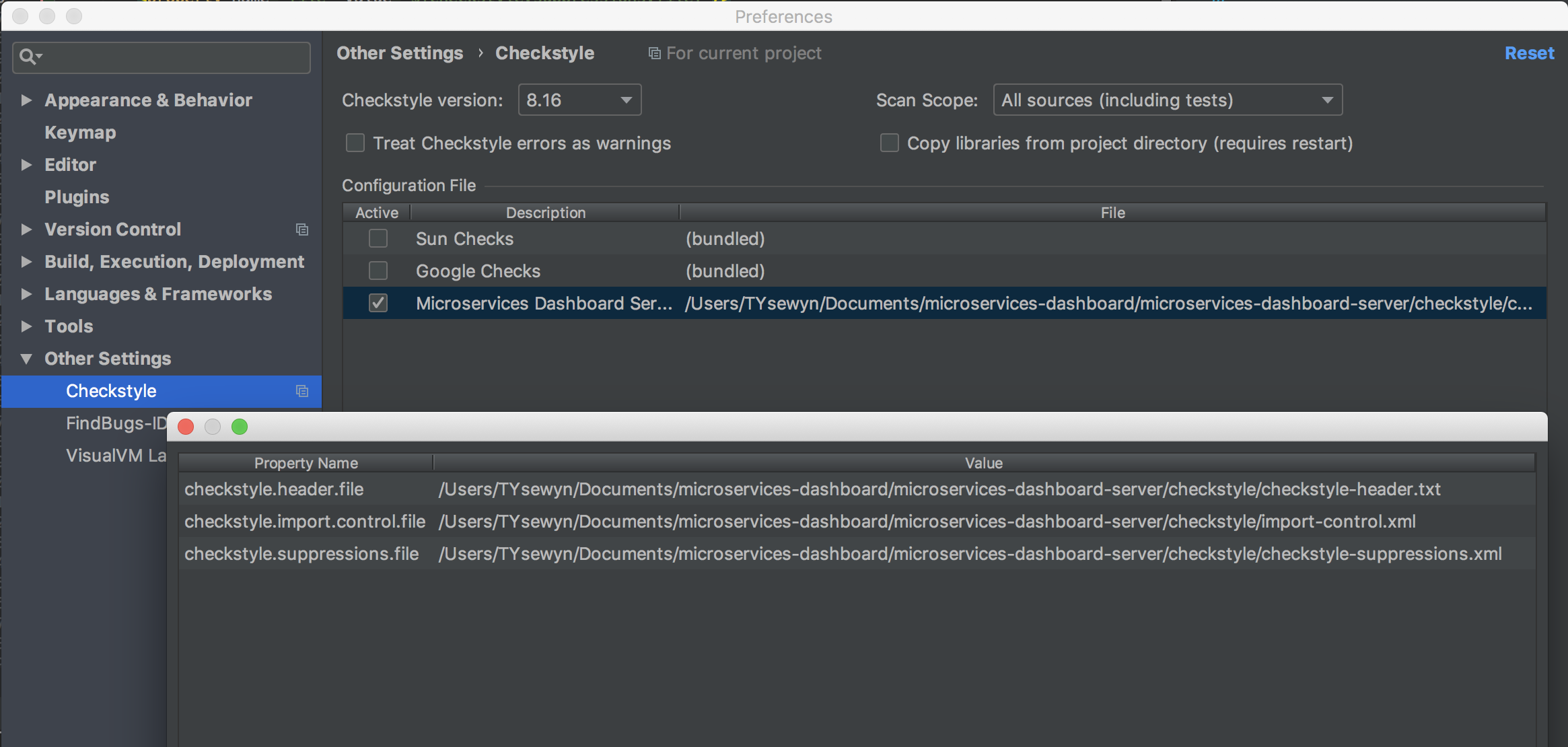The primary goal of this project is to provide a server implementation for the Microservices Dashboard UI project.
This implementation is for now only supporting Spring Boot microservices.
It will query other Spring Boot applications for their actuator endpoints (such as /health
To learn everything there is to know about the Microservices Dashboard, please consult the reference documentation.
The Microservices Dashboard Server requires Java 8 or later and is built using maven:
./mvnw installOrdina’s Microservices Dashboard Server is released under the non-restrictive Apache 2.0 license, and follows a very standard GitHub development process, using GitHub tracker for issues and merging pull requests into master. If you want to contribute even something trivial please do not hesitate, but follow the guidelines below.
This project adheres to the Contributor Covenant code of conduct. By participating, you are expected to uphold this code. Please report unacceptable behavior to the maintainers.
None of these is essential for a pull request, but they will all help. They can also be added after the original pull request but before a merge.
-
Use our code format conventions. If you use Eclipse you can import the formatter settings using the
eclipse-code-formatter.xmlfile. If using IntelliJ, you can use the Eclipse Code Formatter Plugin to import the same file. -
Make sure all new
.javafiles to have a simple Javadoc class comment with at least an@authortag identifying you, and preferably at least a paragraph on what the class is for. -
Add the ASF license header comment to all new
.javafiles (copy from existing files in the project) -
Add yourself as an
@authorto the .java files that you modify substantially (more than cosmetic changes). -
Add some Javadocs and, if you change the namespace, some XSD doc elements.
-
A few unit tests would help a lot as well — someone has to do it.
-
If no-one else is using your branch, please rebase it against the current master (or other target branch in the main project).
-
When writing a commit message please follow these conventions. If you are fixing an existing issue please add
Fixes gh-XXXXat the end of the commit message (where XXXX is the issue number).
This project comes with a set of checkstyle rules.
You can find them in the checkstyle directory.
└── checkstyle
├── checkstyle.xml (1)
├── checkstyle-header.txt (2)
├── checkstyle-suppressions.xml (3)
├── import-control.xml (4)
-
Default Checkstyle rules
-
File header setup
-
Default suppression rules
-
Default import rules
Checkstyle rules are enabled by default, but the build will not fail when there are validation errors. However, to keep this project maintainable we will change this in the near future.
If you need to suppress some rules, then it’s enough for you to make changes to checkstyle-suppressions.xml with your suppressions. Example:
<?xml version="1.0"?> <!DOCTYPE suppressions PUBLIC "-//Puppy Crawl//DTD Suppressions 1.1//EN" "http://www.puppycrawl.com/dtds/suppressions_1_1.dtd"> <suppressions> <suppress files=".+Application\.java" checks="HideUtilityClassConstructor" /> <suppress files=".+Configuration\.java" checks="HideUtilityClassConstructor" /> <suppress files="[\\/]src[\\/]test[\\/]java[\\/]" checks="Javadoc*" /> <suppress files="[\\/]autoconfigure[\\/]" checks="JavadocType" /> <suppress files="[\\/]autoconfigure[\\/]" checks="JavadocVariable" /> </suppressions>
In order to setup IntelliJ you should import our coding conventions, inspection profiles and set up the checkstyle plugin.
└── checkstyle
├── checkstyle.xml (1)
├── checkstyle-header.txt (2)
├── checkstyle-suppressions.xml (3)
├── import-control.xml (4)
└── intellij
├── IntelliJ_Project_Defaults.xml (5)
└── IntelliJ_Ordina_OSS_Java_Conventions.xml (5)
-
Default Checkstyle rules
-
File header setup
-
Default suppression rules
-
Default import control rules
-
Project defaults for IntelliJ that apply most of Checkstyle rules
-
Project style conventions for IntelliJ that apply most of Checkstyle rules
Go to File → Settings → Editor → Code style.
There click on the icon next to the Scheme section.
There, click on the Import Scheme value and pick the IntelliJ IDEA code style XML option.
Import the checkstyle/intellij/IntelliJ_Ordina_Java_Conventions.xml file.
Go to File → Settings → Editor → Inspections.
There click on the icon next to the Profile section.
There, click on the Import Profile and import the checkstyle/intellij/IntelliJ_Project_Defaults.xml file.
To have IntelliJ work with Checkstyle, you have to install the Checkstyle plugin.
It’s advisable to also install the Assertions2Assertj to automatically convert the JUnit assertions
Go to File → Settings → Other settings → Checkstyle.
There click on the + icon in the Configuration file section.
There, you’ll have to define where the checkstyle rules should be picked from.
In the image above, we’ve picked the rules from the cloned repository.
However, you can point to the project’s GitHub repository (e.g. for the checkstyle.xml : https://raw.githubusercontent.com/ordina-jworks/microservices-dashboard/master/checkstyle/checkstyle.xml).
We need to provide the following variables:
-
checkstyle.header.file- the ASF license header template Please point it to thecheckstyle/checkstyle-header.txtfile either in your cloned repo or via thehttps://raw.githubusercontent.com/ordina-jworks/microservices-dashboard/master/checkstyle/checkstyle-header.txtURL. -
checkstyle.import.control.file- import control rules. Please point it to thecheckstyle/import-control.xmlfile either in your cloned repo or via thehttps://raw.githubusercontent.com/ordina-jworks/microservices-dashboard/master/checkstyle/import-control.xmlURL. -
checkstyle.suppressions.file- checkstyle suppressions. Please point it to thecheckstyle/checkstyle-suppressions.xmlfile either in your cloned repo or via thehttps://raw.githubusercontent.com/ordina-jworks/microservices-dashboard/master/checkstyle/checkstyle-suppressions.xmlURL.
|
Important
|
Remember to set the Scan Scope to All sources since we apply checkstyle rules for production and test sources.
|





